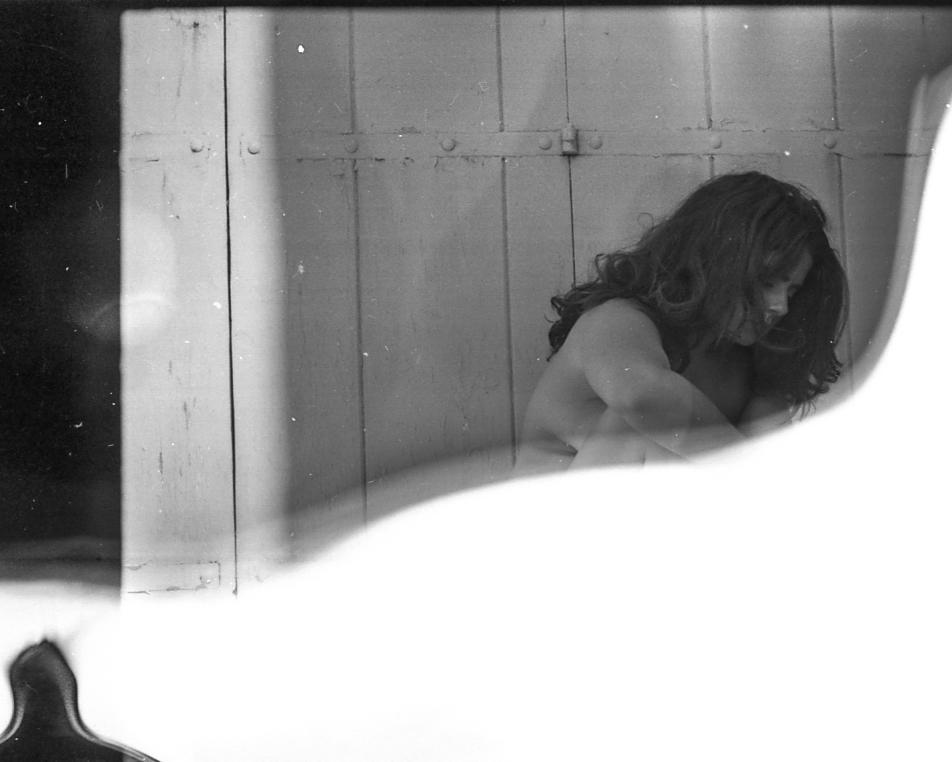
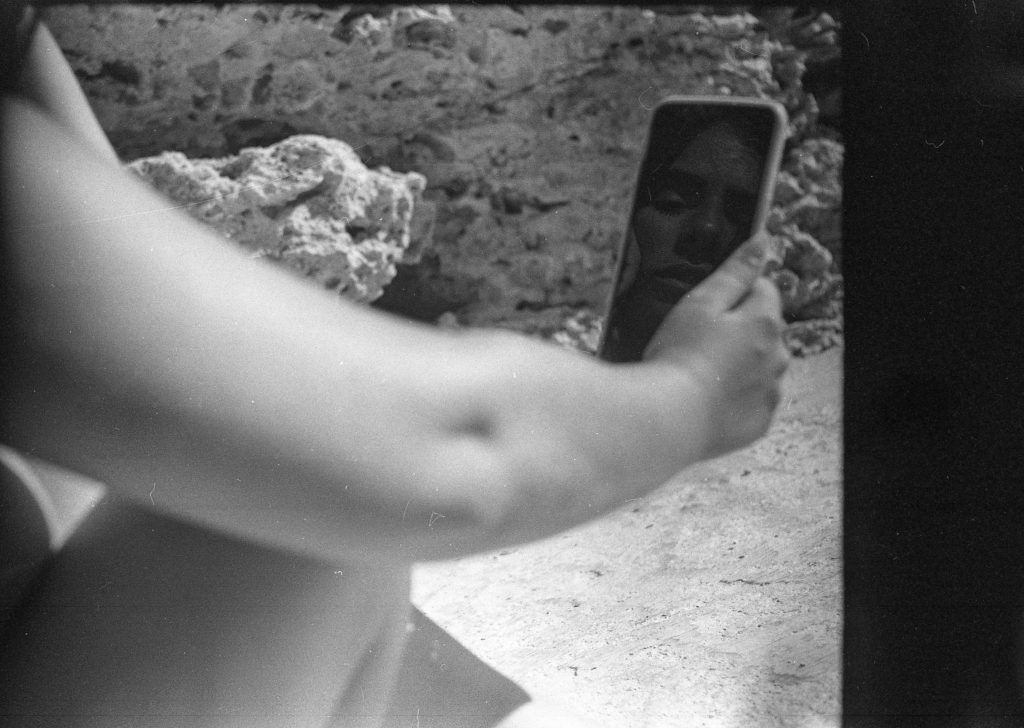
Sometimes it is the simplest of things in the most unlikely of situations, that can really have the most profound effect on us. When Artist and designer Tina Mifsud started working on a series of self-portraits in Barcelona, the idea was originally posed as a challenge to herself; an anatomical study of self if you will. She was at a point in her work’s development where, having already created a series of paintings on the figures and shapes of other people’s bodies, that she was brought to question: What is it in me that selects the subjects that I do? It’s not a new idea to the fields of philosophy and the psychological sciences that, our own internal discussion with ourselves shapes the external conversation we have with others and therefore even the people we ultimately gravitate towards are influenced by our outlook on ourselves. Or you may have heard it in another form: That you can’t truly love others until you love yourself. But more than wanting to be at peace with her own inner sense of self, Tina sought to look closely at the intersection where our perception of others meets our evolving perception of ourselves. So she began to paint herself: Each awkward sideview in the mirror, every unflattering angle, the deleted selfie, sitting crouched at your desk after a shower. What reveals our humanity at a glance? And what takes it away?
Once in Malta Tina reached out to me because she wanted to take her research a step further. She wanted to introduce the spectator, the outside viewer, the famous third eye of history into the dynamic, precisely so that she can have the perspective of herself that she can’t have. But once we began discussing an approach and a format for the photographic style, she realized that she couldn’t stop there, and that, to truly be able to expose even the slight discomfort that comes at being truly and fully seen, she would need to go a step further still. She decided that once the location was chosen, she would do the photos in the nude – an unknown territory to her as it is to almost all of us. But her decision there was almost as artistic in its instinctive stroke than any she ever laid on the canvas, and that’s what I told her when I was still admittedly stunned from having just finished the roll of Black and White film.

I’ve shot many staged models and very different subjects that were both at odds or at ease with a camera, but this was among the few that I can count as being the most vulnerable and honest. I’d felt that I’d exited from a state of trance and once I’d raised the developed negatives out of the tank and up to the light a week later, I was reminded of the slight shake in my hand when I raised the camera to my eye with her the first time, beyond the slight tremor, the memory went black from there. The result must have occurred somewhere between me closing my eyes and her opening hers.
As a boy I always wanted to work in nature, I wanted to follow, document and learn from wild animals as they went about their survival. There’s something truly breathtaking about seeing an animal in its element with its guard down, when you end up, unwittingly, side by side with an animal that hasn’t noticed you yet. In that moment you hold your breath; you know that even the slightest movement can shatter the illusion and the gift for your silence is that you get to witness this grace, as if it were possible for a moment, to see a gentle breeze. We know the wind exists but what if we saw it? It’s the same thing with vulnerability, we have an idea, more often of our own, but when fleetingly witnessed we see unfiltered beauty. And sometimes, the animal notices you’re there, and if there’s no intensity in your demeanor it will pass you by, as if you too are just a naked leaf clothing a branch.
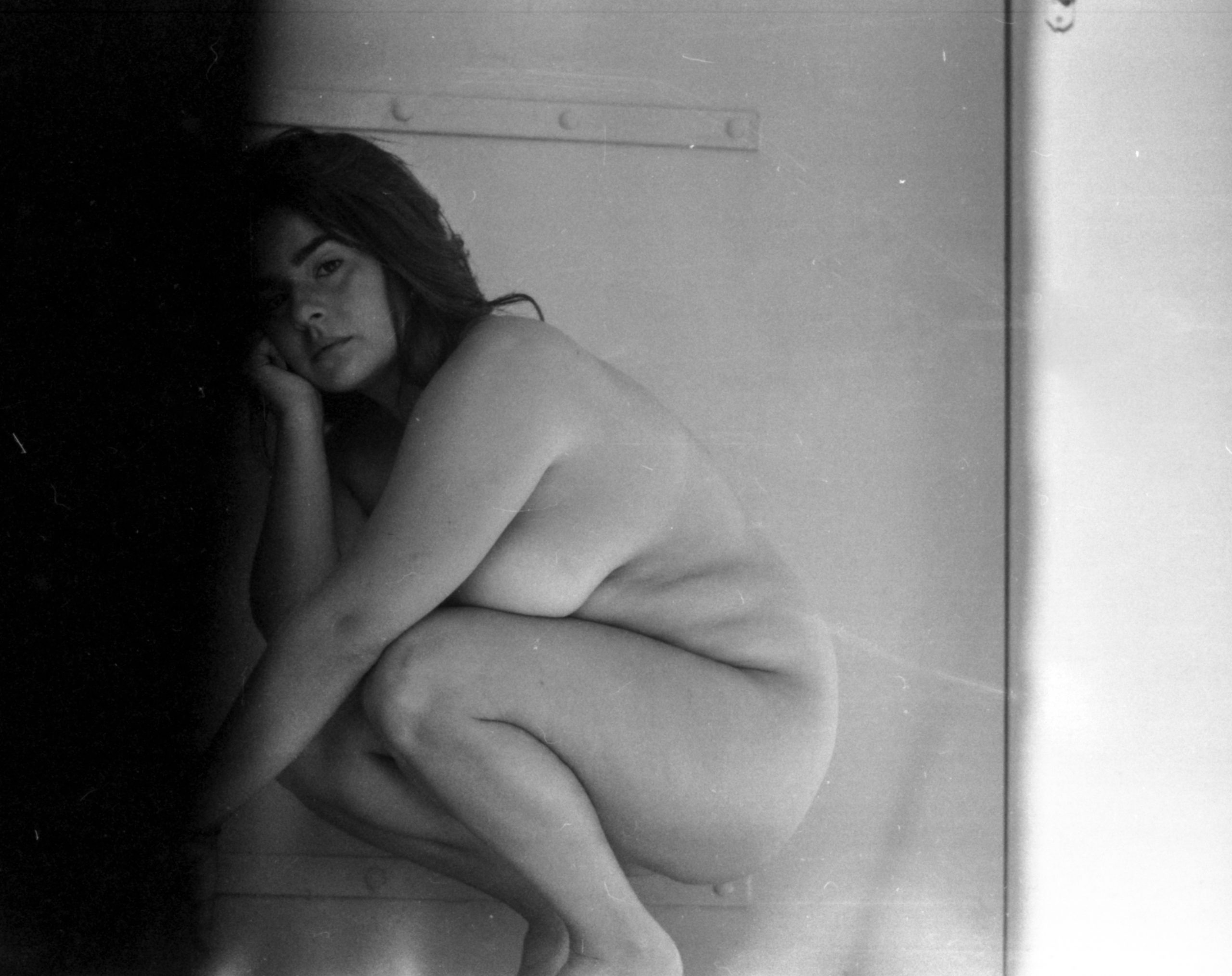
To say that I was left with poetry would be more real than to say that I wrote some. The conversation hadn’t ended there for us and while the scope only grew and we continued too see more ways of mixing mediums, Covid-19 soon forced Tina and her exhibition curator Andrew Borg Wirth, to reframe their thinking slightly. Having found the perfect place, the two of them decided to plow ahead with the exhibition in Malta despite the pandemic and its limitations. With visitors organized into pre-booked groups, the exhibition attracted all ages and walks of life. Whether it was that people were more eager to have a chance to get outside, or that the socially binding function of art is more relevant now due to such bizarre times, the exhibition was a success in that it managed to engage the universal question about self-perception with those that attended. We’re all looking at thousands of images a day and we all feel totally insignificant in the tidal waves of social media, so maybe simplifying things is exactly what we needed to do this year. The unrelenting force of our competitive capitalist culture in the West had long since made questions of self and value redundant against a 9 to 5 career, or so it told us. But while we speak of egalitarianism and an enlightened society when we compare modernity with the more brutal aspects of our history, the sense of apathy and demoralization among today’s youth was never so stark as it is now. Questions of value and self are issues we’re all battling with by virtue of being alive, yet whether it’s the pandemic that made you question what you never questioned before or that you’ve been plagued by your existentiality all your life, we all seem to be turning back to the questions at the roots of our humanity: What do I value intrinsically? How do I reconcile what I see and what I am?
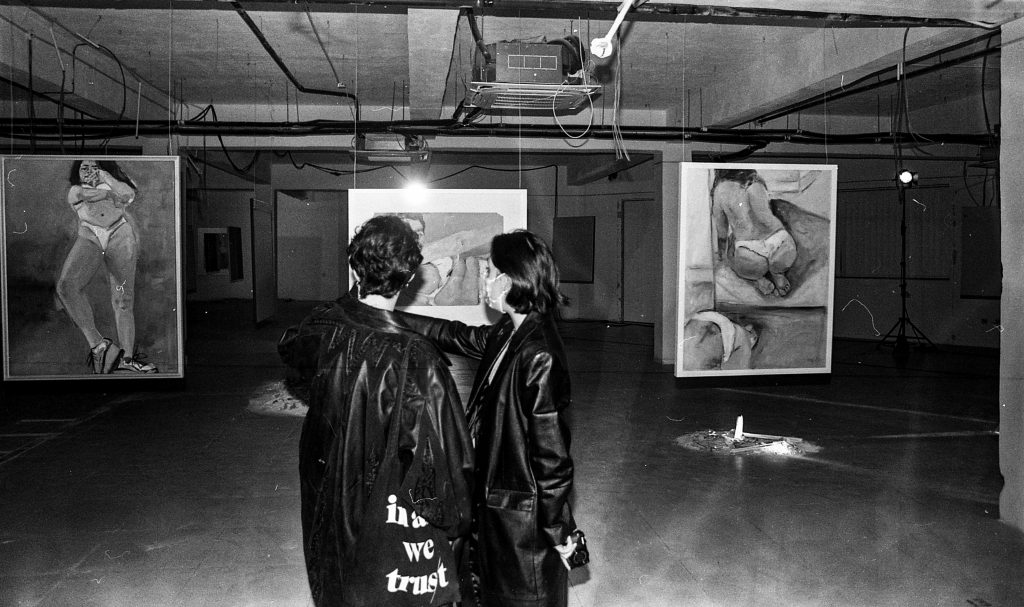
But even in her ‘Point of You’ exhibition, Tina did not stop experimenting and exploring. She set up a large piece of canvas material on the floor towards the center of the room, and there went about painting a self-portrait of herself while viewers walked round. This was her last act of nakedness: To allow passerby’s the chance to understand the meaning of the slight shake in her hand as she raises her brush. The universal tremor of vulnerability.
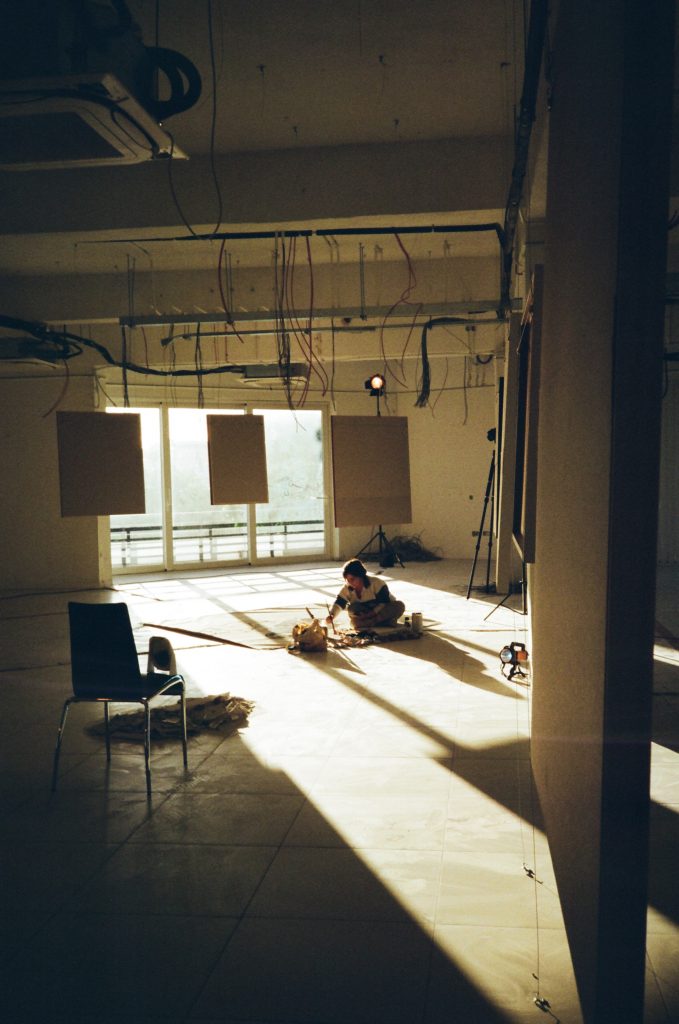
Combining some film stills, clips and a stop-motion of the process, I tied it all together with a video and poem that I felt captured the essence of our debate. Thank you Tina, for allowing me to see you for the light you are.
Article by Anthony Mizzi.


Recent Comments